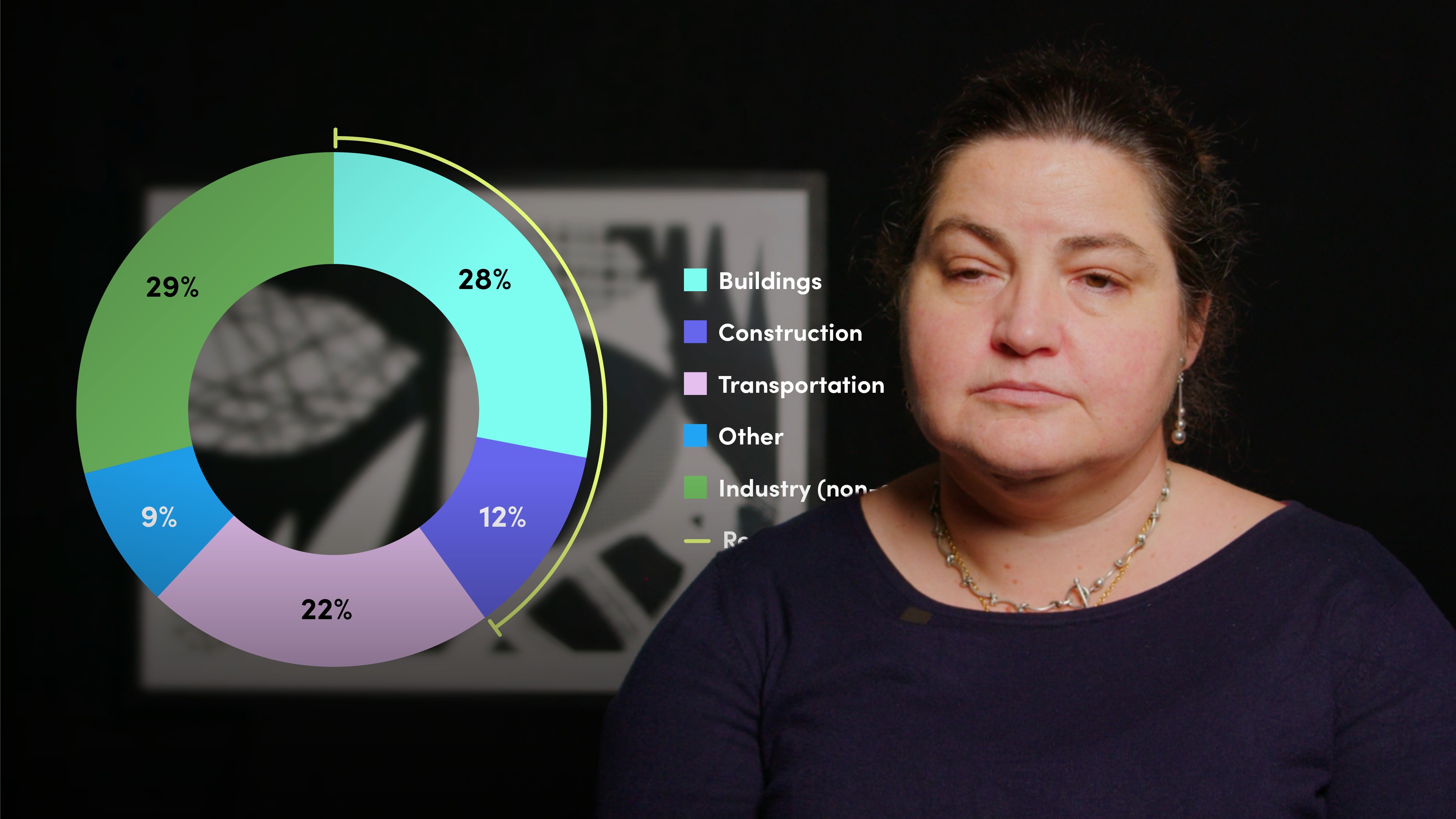
LEED and BREEAM Certification Schemes

Philippa Gill
20 years: Real estate investment
In this video, Philippa looks at the LEED and BREEAM certifications. She also discusses the requirements to achieve these certifications and highlights some schemes that have a narrower focus, such as EnergyStar, NABERS, and OPERAT.
In this video, Philippa looks at the LEED and BREEAM certifications. She also discusses the requirements to achieve these certifications and highlights some schemes that have a narrower focus, such as EnergyStar, NABERS, and OPERAT.
Subscribe to watch
Access this and all of the content on our platform by signing up for a 7-day free trial.

LEED and BREEAM Certification Schemes
8 mins 15 secs
Key learning objectives:
Understand the purpose of LEED and BREEAM certifications
Outline the differences and similarities between the two certification schemes
Outline some more specific consumption and energy management frameworks
Overview:
The real estate sector is having to play a crucial role in achieving net-zero goals due to its substantial greenhouse gas emissions. LEED and BREEAM certifications promote sustainable design and construction practices, with LEED historically focusing on energy efficiency and environmental impact, and BREEAM emphasizing health and well-being, sustainable materials, and transport. Both use point-based systems to evaluate and rate environmental performance. EnergyStar, NABERS, and OPERAT are more narrowly focused frameworks addressing energy consumption metrics for operating buildings. These certifications and frameworks are vital for improving sustainability, driving performance, and guiding the industry towards a greener future.
Subscribe to watch
Access this and all of the content on our platform by signing up for a 7-day free trial.
What are LEED and BREEAM certifications?
LEED and BREEAM are certification programs promoting sustainable design and construction, developed by the USGBC and UK's BRE, respectively. Used globally, they cater to specific markets and appeal to various stakeholders. Assessment frameworks track certified buildings, awarding points for environmental performance. Both certifications focus on sustainability and energy efficiency.
What are the similarities and differences between the two schemes?
LEED and BREEAM are certification programs with similarities and differences.
Both use point-based systems, evolving requirements, and award credits for various sustainability aspects. However, LEED offers Silver/Gold/Platinum certification, while BREEAM uses pass/good/very good/excellent/outstanding ratings.
LEED historically focuses on energy efficiency, while BREEAM also considers health, well-being, materials, and transport.
Both are adaptable to different building types and lifecycle stages, but BREEAM is more popular in Europe and the Middle East, while LEED is prevalent in the US and Canada.
Additionally, different data sets may be required for reporting and calculations. Both programs require accredited professionals to assist with certification.
What are the more specific consumption and energy management frameworks?
Energy Star (US) and NABERS (Australia) are energy consumption-focused sustainability rating systems, measuring operational energy use. They provide publicly available building ratings, affecting capital expenditure and valuation. NABERS, now introduced in the UK, also covers water and waste.
Similar schemes, like France's OPERAT, enable simple building comparisons, driving performance improvement and influencing financial assumptions in the investment market.
Subscribe to watch
Access this and all of the content on our platform by signing up for a 7-day free trial.

Philippa Gill
There are no available Videos from "Philippa Gill"





























